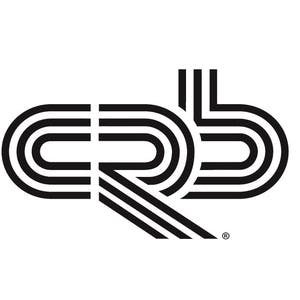Lab of the Future, Paskanik Featured in Robotics Tomorrow

What will the laboratory of the future look like, especially when dealing with post-COVID realities?
Given the current situation of working during a pandemic, we really do need to be innovative in how we design labs today for use tomorrow.
What’s becoming clear is that robotics and automation will increasingly color the way we think about labs. For example, if a lab is pushed to increase from 5,000 to 100,000 COVID tests per day, one would be hard-pressed to solve the problem without some significant level of robotics and automation.
In the laboratory environment, typical applications for robotics including tasks such as aseptic filling, compounding of medications, and parts washing. Typical robots used for these and other functions include Selective Compliance Articulated Robotic Arm (SCARA), Cartesian and Articulated robots. SCARA robots are particularly suited to fast, precise repeatability, such as high-speed pick and place material handling. Cartesian robots, which are fairly low cost with a predicted range, are suited for single-purpose uses, such as assay testing. Articulated robots, with their flexibility of movement and rotating elements, are appropriate for a wider range of applications than either of the others.
The ancillary benefit of robotics for laboratory employees is less human interaction in lab spaces, while also helping with ergonomics and reducing the possibility of injury caused by repetitive tasks.
Ultimately, however, the real driver for lab innovation here is that we want scientists to do science, and to use their knowledge and their power to think. We don’t want them spending unnecessary time with repetitive tasks, loading machines or equipment, or pushing carts full of vials to cold storage.
Read the full article here.

